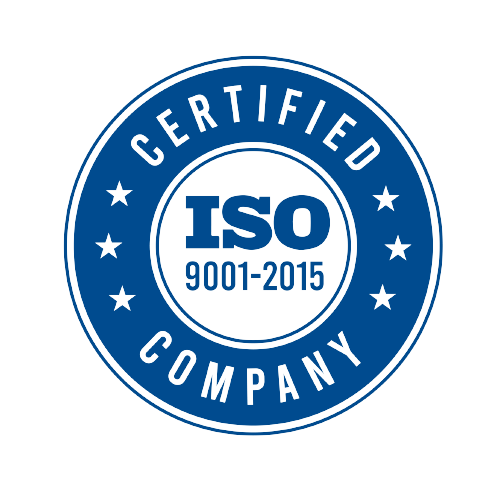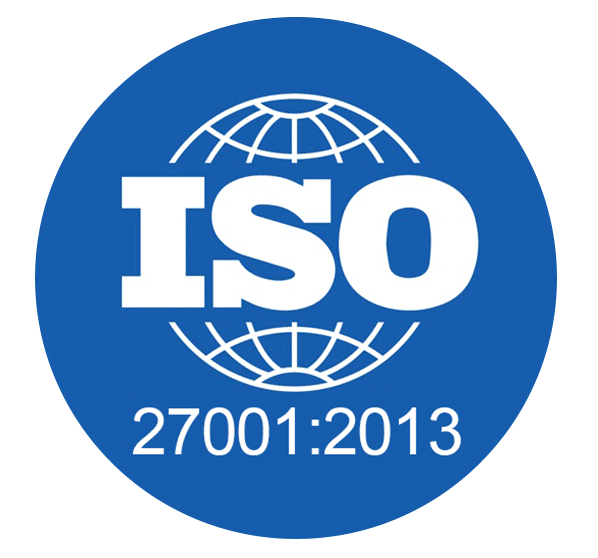Account-Based Marketing VS Traditional B2B Marketing

Within the dynamic arena of business-to-business (B2B) marketing, companies are in constant pursuit of the most efficacious avenues to engage their target demographic and drive growth. Two prominent strategies in this quest are traditional B2B marketing and account-based marketing (ABM), each carrying its own set of advantages when implemented strategically.
Yet, the pivotal challenge persists: How does one determine which path is most suited to their company’s objectives and market dynamics?
Understanding Account-Based Marketing (ABM)
ABM is a highly focused business approach in which a marketing team considers every potential client or customer as its own market. Rather than casting a wide net, ABM focuses on certain accounts that are strategically significant.
This technique combines marketing and sales efforts to customize the buyer’s journey, with the goal of increasing engagement and conversions.
Key Benefits of ABM
- Personalization: ABM enables highly personalized content and communications that connects more precisely with the target account. This customization can dramatically improve the client experience.
- Alignment Between Sales and Marketing: ABM improves collaboration between sales and marketing teams, ensuring that both are working toward the same goals using same metrics and data.
- Higher ROI: ABM’s tailored strategy often results in a higher return on investment. Focusing on high-value accounts maximizes resource use, resulting in greater outcomes.
- Enhanced Customer Relationships: ABM is more than just acquisition; it also focuses on nurturing and expanding existing connections, resulting in long-term value.
Account-Based Marketing VS Traditional B2B Marketing
Traditional B2B marketing, on the other hand, uses broad methods to reach a larger audience. This strategy employs a variety of channels, including email marketing, content marketing, SEO, and social media, to acquire and convert potential leads from numerous businesses and sectors.
Key Benefits of Traditional B2B Marketing
- Scalability: Traditional B2B marketing strategies can reach a bigger audience, allowing for more efficient scaling and attracting a diverse spectrum of potential prospects.
- Brand Awareness: Traditional B2B marketing increases brand awareness and market presence by addressing a larger audience.
- Diverse Lead Generation: This technique provides a varied group of leads, giving you more possibilities to convert prospects from various industries and backgrounds.
- Cost-Effectiveness: Some traditional B2B methods, such as content marketing and social media, can be less expensive than ABM, which is highly focused.
Which Strategy is Right for You?
Choosing between ABM and traditional B2B marketing is based on your company’s objectives, resources, and target audience. Here are a few factors to help you decide:
- Target Audience Size: If your target audience is small and comprises of high-value accounts, ABM may be a better option. Traditional B2B marketing may be more effective in reaching a larger target population.
- Sales Cycle Length: ABM is ideal for businesses with longer sales cycles and complex purchasing processes, where close relationships are essential. Traditional B2B marketing is effective for shorter sales cycles and the need for immediate lead creation.
- Resource Allocation: Consider your resources and team’s capabilities. ABM necessitates a greater focus and coordination among sales and marketing. If your staff is small or less specialized, traditional B2B marketing may be more doable.
- Business Goals: Align your strategy with your business goals. If you want to access important accounts and drive big growth from certain clients, ABM is appropriate. Traditional B2B marketing is effective for increasing overall brand recognition and attracting a diverse range of clients.
Conclusion
Both ABM and traditional B2B marketing have distinct benefits and can be extremely effective when matched with your business goals. In many circumstances, a hybrid approach combining components of both tactics might provide a more balanced path to success. Finally, understanding your target audience, sales cycle, and resource availability can help you choose the plan that will produce the best outcomes for your organization.








